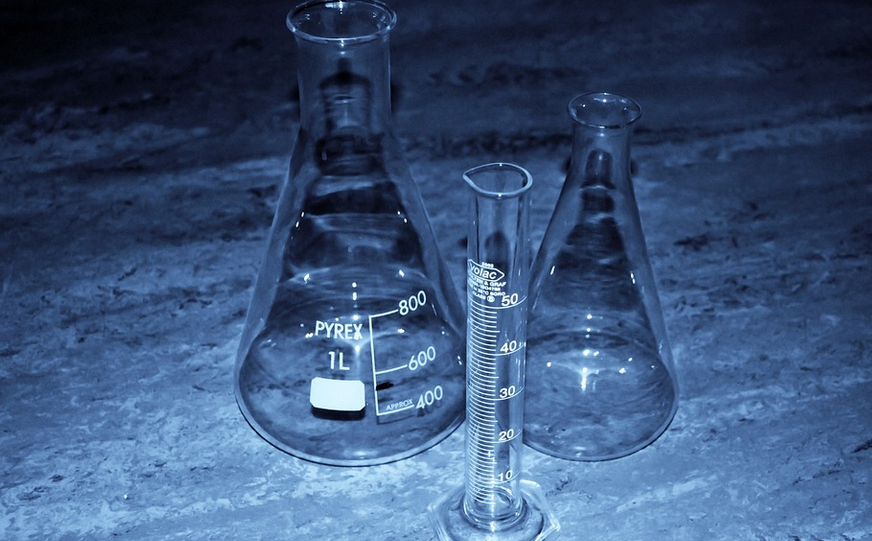Introduction
Alkali metals are a group of elements in the periodic table that are highly reactive and have only one electron in their outermost shell. They are the first group of elements in the periodic table and include lithium, sodium, potassium, rubidium, cesium, and francium.
What is the Outer Electron Configuration?
The outer electron configuration refers to the arrangement of electrons in the outermost shell of an atom. It is also known as the valence shell. The valence shell is the outermost shell of an atom that contains electrons, and it determines the chemical behavior of the atom.
What is the Generic Outer Electron Configuration for the Alkali Metals?
The generic outer electron configuration for the alkali metals is ns1, where n represents the principal quantum number of the valence shell. For example, lithium has an electron configuration of 1s2 2s1, which means that it has two electrons in its inner shell and one electron in its valence shell. The valence electron is in the 2s orbital.
Why is the Outer Electron Configuration Important?
The outer electron configuration is essential in determining the chemical properties of the alkali metals. It influences the reactivity, bonding, and other chemical properties of the elements. Alkali metals have only one valence electron, making them highly reactive and easily forming positive ions.
How do Alkali Metals React with Water?
Alkali metals react vigorously with water to produce hydrogen gas and an alkaline solution. The reaction is so exothermic that it produces enough heat to ignite the hydrogen gas. For example, sodium reacts with water to produce sodium hydroxide and hydrogen gas.
What are the Uses of Alkali Metals?
Alkali metals have numerous industrial and biological applications. For example, sodium is used in the production of soap, paper, and glass. Potassium is used as a fertilizer in agriculture, and lithium is used in batteries and drugs.
What are the Properties of Alkali Metals?
Alkali metals have some common properties, including low melting and boiling points, low density, high reactivity, and softness. They are good conductors of heat and electricity and have a silvery-white luster.
What are the Hazards of Alkali Metals?
Alkali metals are highly reactive and can be dangerous if mishandled. They can react violently with water and other chemicals, causing explosions and fires. They can also cause severe burns and eye damage on contact with skin or eyes.
Conclusion
In conclusion, identifying the generic outer electron configuration for the alkali metals is essential in understanding their chemical properties and behavior. The ns1 configuration of alkali metals determines their high reactivity, making them useful in various industrial applications but also hazardous if not handled correctly.

